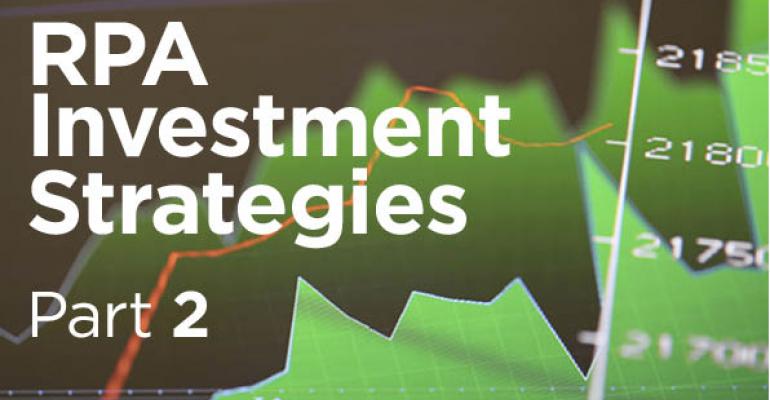Investors will be saving and then drawing down those retirement savings over several decades. As a result, there is plenty of time for small differences in fees to add up to big costs. And in many cases, the differences are far from small: According to Morningstar, the average expense ratios on a large-cap blend ETF and a TDF are 0.09% and 0.84%, respectively. Meanwhile, the median fee on a U.S. large-cap equity Collective Investment Trust fund is 0.80%. By comparison, liquid alternative mutual funds are much pricier: The average fee for a long-short equity mutual fund is 1.84%.
Investment decisions should not be based only on fees. In many cases investments with higher fees can benefit a portfolio’s overall performance through diversification or active management strategies that may limit losses in a down market or exploit opportunities in an up market. But weighing whether high fees are justified is an important fiduciary responsibility.
Next Part 3 of 5: Looking Ahead


 Click to Enlarge
Click to Enlarge


